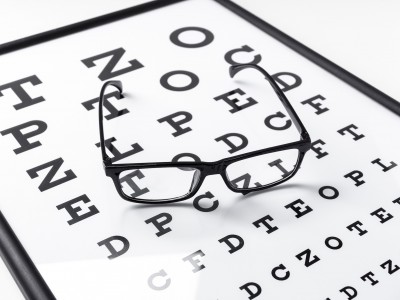
What are refractive errors?
26 June 2025
Refractive errors are common vision conditions that occur when the shape of the eye prevents light from focusing properly on the retina. This results in blurred vision, difficulty seeing at a distance, up close, or both. They affect people of all ages and are one of the main reasons for ophthalmology consultations.
How does normal vision work?
To see clearly, light must enter the eye, pass through the cornea and the lens, and focus directly on the retina, which is the light-sensitive layer at the back of the eye. When this process doesn't occur correctly, a refractive error arises.
Types of Refractive Errors
Myopia (Nearsightedness)
A person can see well up close but has difficulty seeing far away.
Cause: The eye is longer than normal or the cornea is too curved, causing the image to focus in front of the retina.
Common symptoms:
-
Blurry distance vision
-
Squinting to see clearly
-
Headaches or eye strain
Hyperopia (Farsightedness)
A person can see well at a distance (in mild cases), but has difficulty seeing up close.
Cause: The eye is shorter than normal or the cornea is too flat, so the image focuses behind the retina.
Common symptoms:
-
Difficulty reading or doing close-up tasks
-
Eye pain or fatigue by the end of the day
-
Blurry vision at all distances in more severe cases
Astigmatism
Vision is blurry at both near and far distances.
Cause: The cornea has an irregular shape—more oval than round—causing light to focus on multiple points instead of one.
Common symptoms:
-
Distorted or double vision
-
Difficulty seeing fine details
-
Headaches or eye fatigue
Presbyopia
This is the natural loss of near focusing ability, typically starting after age 40.
Cause: The lens of the eye becomes less flexible with age, making it harder to focus on close objects.
Common symptoms:
-
Needing to hold your phone or book farther away to see clearly
-
Blurred vision when reading
-
Eye fatigue
How are refractive errors corrected?
The most common options are:
-
Corrective lenses: Glasses or contact lenses designed to properly focus light onto the retina.
-
Refractive surgery: Procedures such as SMILE PRO or FemtoLasik that reshape the cornea to permanently correct the refractive error.











